Tufted Titmouse Plucking a Raccoon
10,000 Birds
MAY 20, 2011
This behavior is not at all out of character for Tufted Titmice as is explained on All About Birds : They line this cup with soft materials such as hair, fur, wool, and cotton, sometimes plucking hairs directly from living mammals.











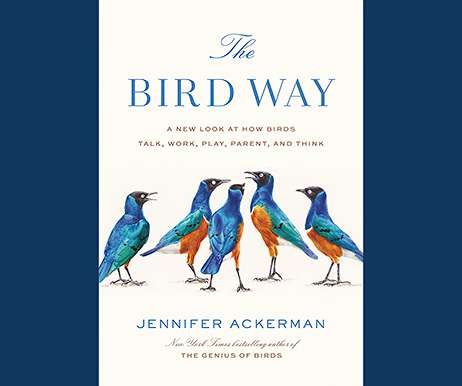

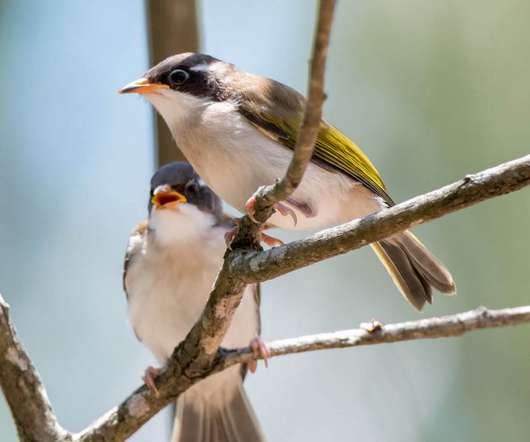

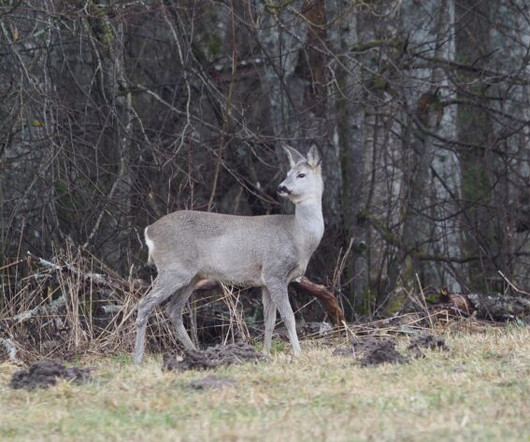
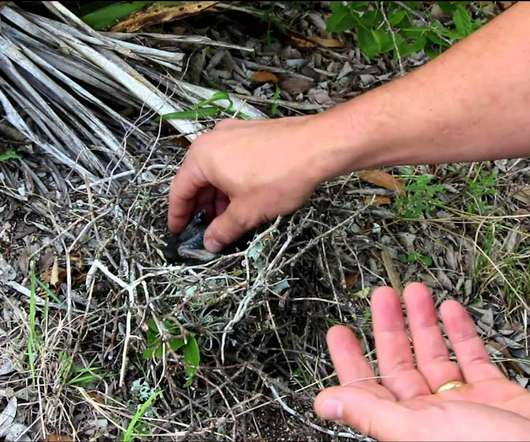

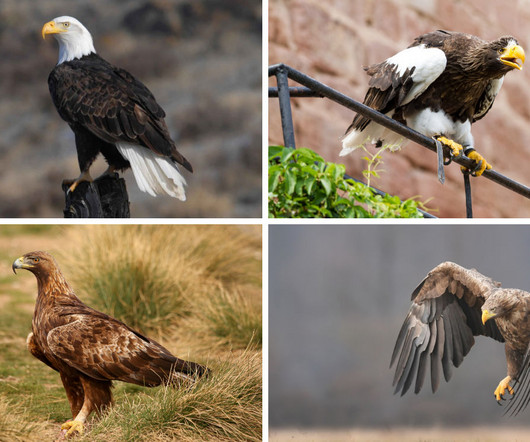

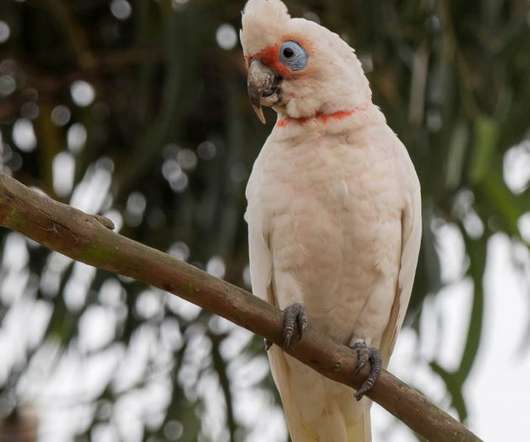








Let's personalize your content